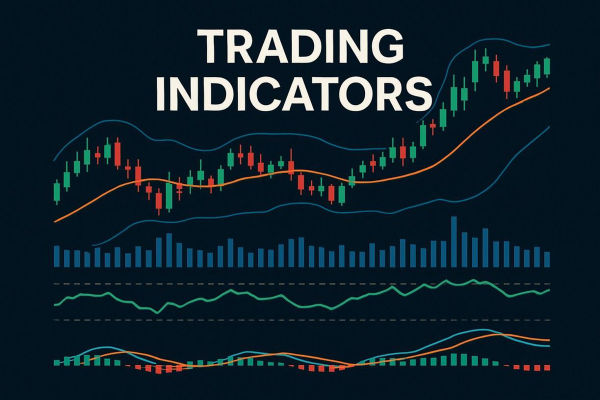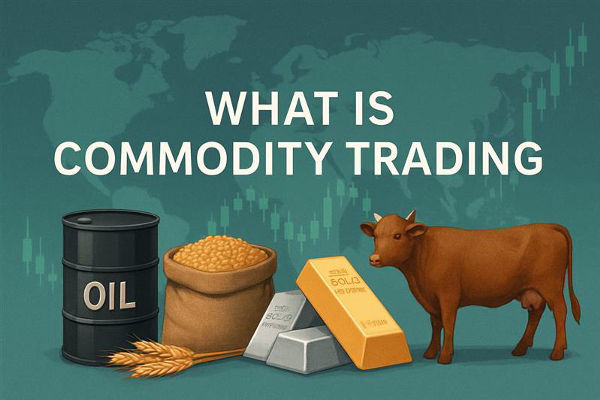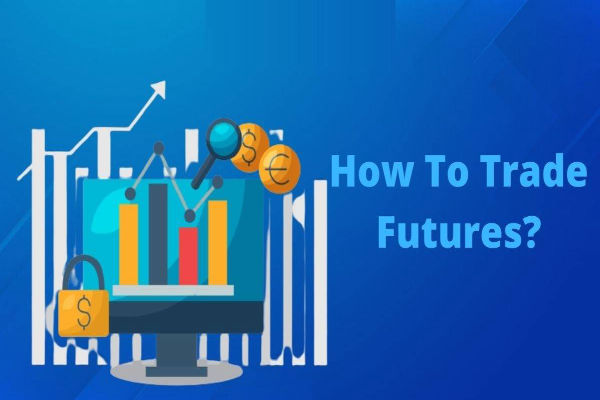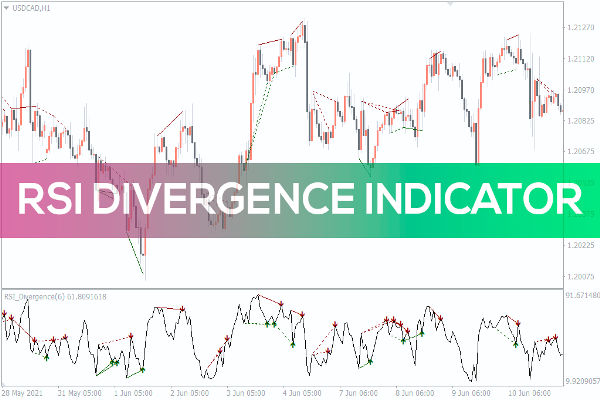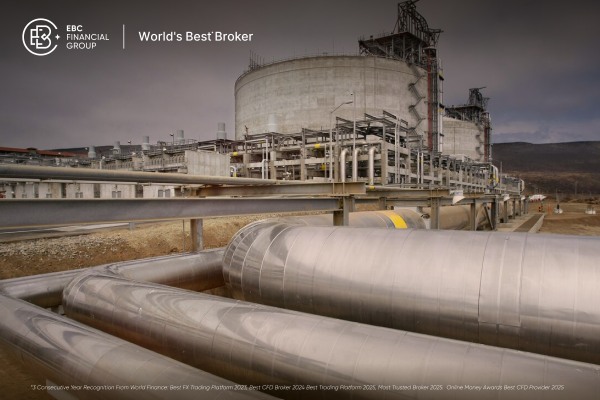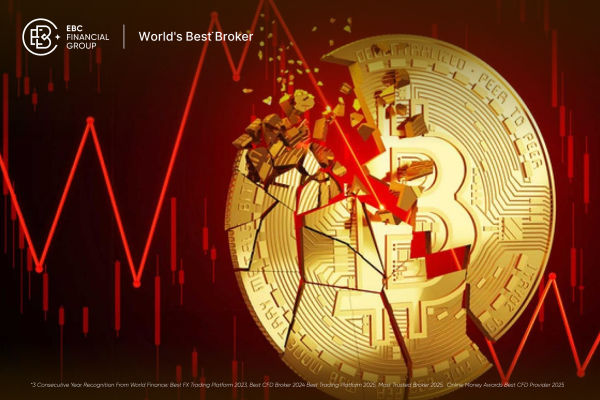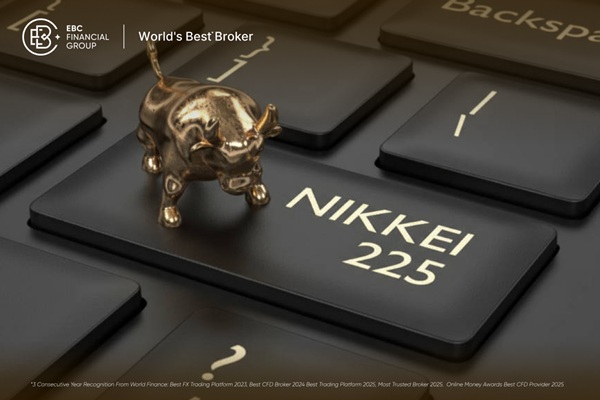Crude oil remains one of the most actively traded commodities in global markets. Its price reflects everything from geopolitical risk to shifts in consumer demand. For traders, this translates into frequent volatility and potential opportunities.
Trading in crude oil appeals not only because of its liquidity but also due to the deep market insight it offers into global economics and politics. A well-timed crude oil trade can benefit from sharp price swings driven by real-world events, giving it a unique place in commodity trading.
Understanding the Crude Oil Market Landscape
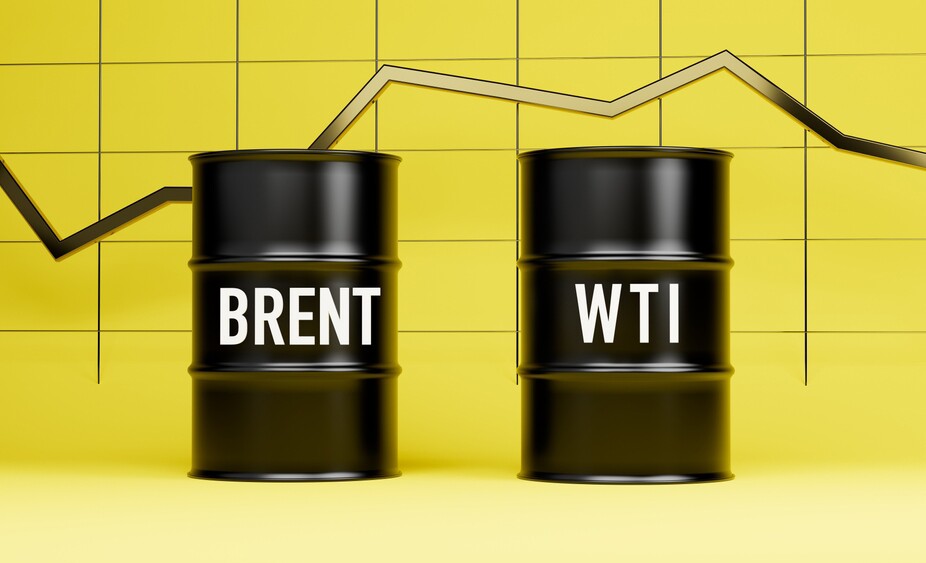
Before trading in crude oil, it is important to understand the structure of the market. There are two major benchmarks: West Texas Intermediate (WTI) and Brent Crude. WTI is extracted in the United States and is commonly used in North American pricing.
Brent, on the other hand, is drawn from the North Sea and widely used as the global pricing standard. These two types have differences in delivery location, sulphur content, and global demand profiles, which can influence price movements and spread variations.
Traders must also be aware of how the Organisation of the Petroleum Exporting Countries (OPEC) impacts supply levels. Decisions from OPEC meetings can dramatically alter the outlook for oil prices. Economic indicators such as US inventory levels, refinery utilisation, and energy consumption forecasts also influence short-term price trends.
Getting Started with cfd trading in Crude Oil
Retail traders often prefer Contracts for Difference (CFDs) when trading in crude oil. These derivative instruments allow individuals to speculate on the direction of crude oil prices without owning the physical commodity. CFDs make it easier to gain exposure to Brent or WTI with relatively low capital. One key feature is the ability to trade on margin, meaning a trader can open larger positions than their account balance would otherwise allow.
However, while leverage can enhance potential profits, it also increases risk. This makes proper capital management and a clear strategy essential. A common mistake beginners make when trading in crude oil via CFDs is overexposure. Understanding position sizing, stop-loss placement, and volatility zones is vital for long-term success.
What Moves Crude Oil Prices?
To become proficient in trading in crude oil, traders must learn what drives price changes. Apart from supply-demand fundamentals, the oil market is heavily influenced by geopolitical tensions, global growth forecasts, and even weather patterns. Natural disasters, military conflicts, or sanctions on oil-producing nations can result in sudden and sharp price adjustments.
Moreover, economic reports such as US non-farm payrolls, inflation data, and Chinese industrial output have an indirect but substantial effect. Since oil is priced in US dollars, any significant move in the dollar index can affect oil prices. When the dollar strengthens, oil becomes more expensive for holders of other currencies, which can limit demand and suppress prices.
Timing and Volatility in Oil Trading
The timing of your trade matters significantly when trading in crude oil. Price action tends to intensify during the overlap of London and New York trading sessions, which is when major news often breaks and liquidity peaks. This makes it an ideal period for intraday traders looking to capture momentum.
Understanding the weekly schedule of economic releases and OPEC events helps in preparing for potential volatility. Many traders also monitor the Energy Information Administration's (EIA) weekly report, which gives a snapshot of US crude inventories. Surprises in the data often trigger large moves, making it one of the most watched reports by oil traders.
Crafting a Trading Strategy That Works
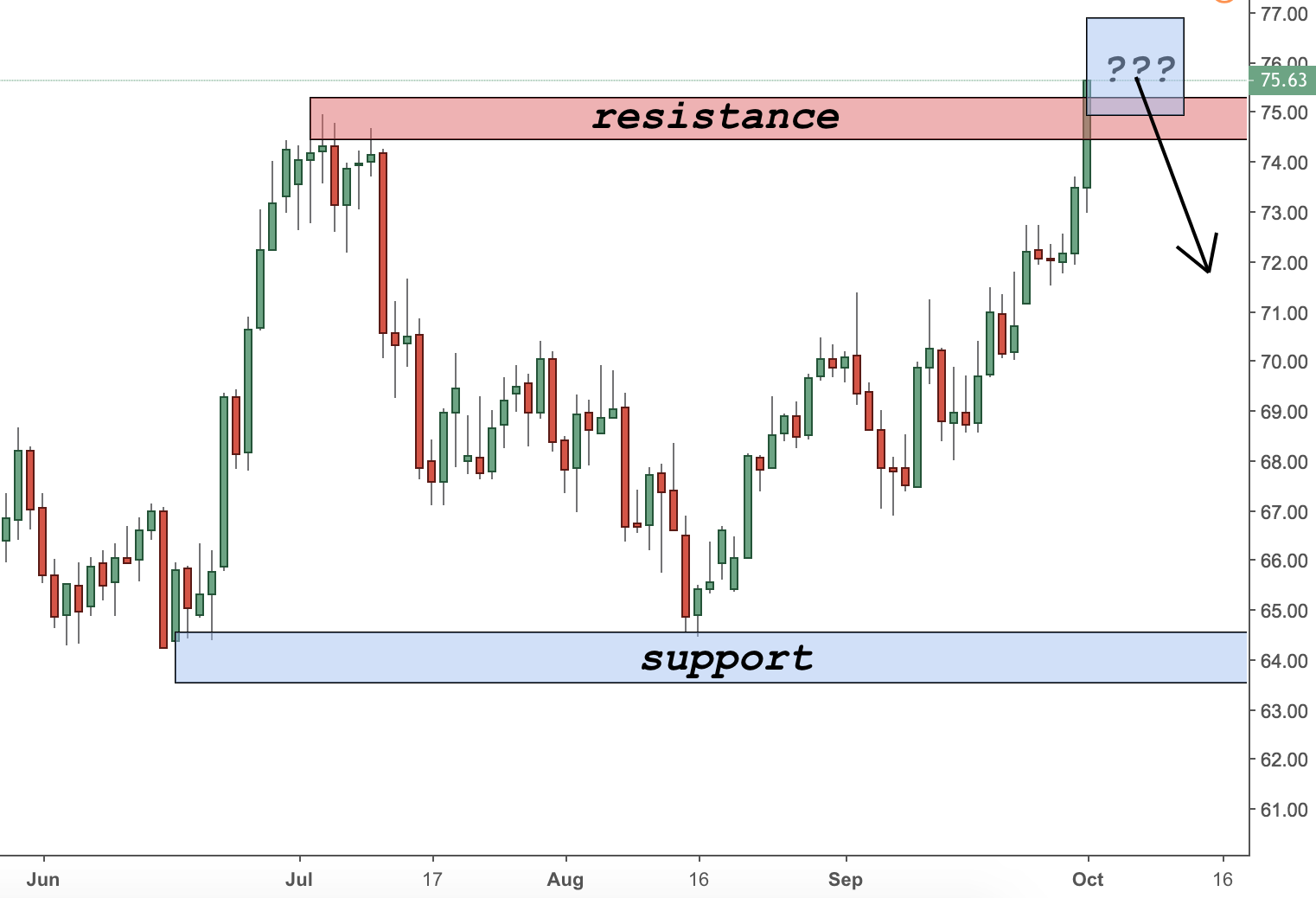
Building a robust strategy is essential when trading in crude oil. Some traders prefer technical approaches, using indicators such as moving averages, RSI, MACD, or Bollinger Bands to identify entries and exits. Others lean on fundamental analysis, incorporating macroeconomic data and OPEC output decisions to shape a directional bias.
Whichever method you choose, consistency and discipline are key. A successful trading in crude oil strategy balances risk and reward, adapts to market conditions, and includes clearly defined rules for trade entry, exit, and risk control.
It is equally important to backtest your strategy over historical price data before applying it in live conditions. Crude oil's volatile nature means that strategies must be tested during both trending and consolidating markets.
Managing Risk in Crude Oil Trading
Risk management should always be at the core of your Trading plan. Volatility in oil markets can turn profitable trades into losses within minutes. This is why managing position sizes relative to account capital is essential. Using stop-loss orders can protect traders from unexpected market reversals, especially during major economic events or news releases.
Some traders also hedge their positions using correlated markets such as natural gas, heating oil, or even certain energy-focused ETFs. While more advanced, this approach can provide added protection in uncertain markets.
Keeping Track of Costs and Platforms
When trading in crude oil through CFDs, it is important to be aware of the associated costs. Spreads, overnight financing charges (swap rates), and slippage can all affect your bottom line. Not all platforms are equal, and choosing a reliable, regulated broker with competitive pricing and responsive execution is vital.
Additionally, platforms that provide real-time data, professional charting tools, and customisable analytics give traders a better edge in fast-moving markets. These tools become especially useful during high-impact news periods or when executing short-term trades.
The Mental Game of Oil Trading
Success in trading in crude oil also requires emotional discipline. Overtrading, revenge trading, or chasing the market after a loss often leads to poor decision-making. Setting realistic goals and understanding that losses are part of the process helps traders maintain perspective.
Journaling your trades, analysing both wins and losses, and continuously refining your strategy contributes to long-term growth. Staying updated with geopolitical developments and having a calm, analytical approach gives traders a better chance of succeeding in this complex yet rewarding market.
Conclusion
Trading in crude oil offers a world of opportunity but also comes with unique risks and challenges. Beginners who take the time to understand the market dynamics, use sound trading strategies, and maintain disciplined risk management will be far better positioned to succeed.
Whether trading through CFDs or analysing global price trends, crude oil remains a powerful asset for traders who are willing to put in the work.
Disclaimer: This material is for general information purposes only and is not intended as (and should not be considered to be) financial, investment or other advice on which reliance should be placed. No opinion given in the material constitutes a recommendation by EBC or the author that any particular investment, security, transaction or investment strategy is suitable for any specific person.








